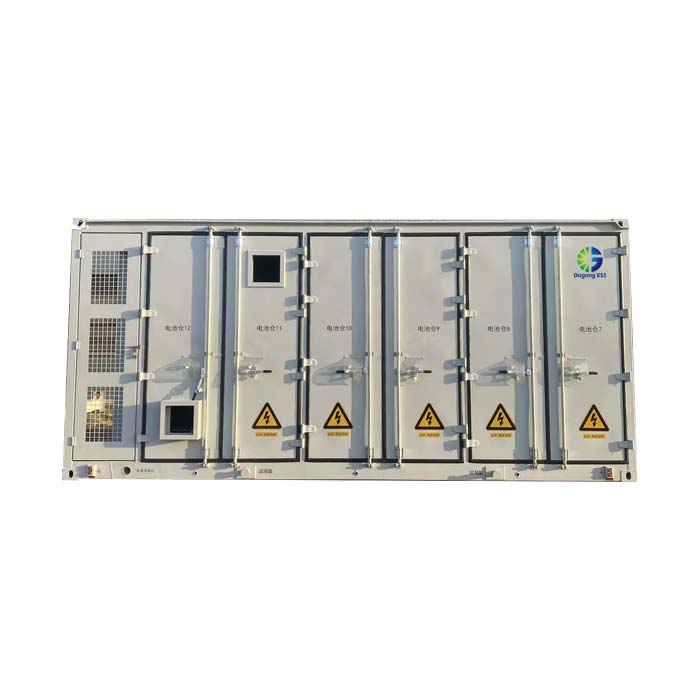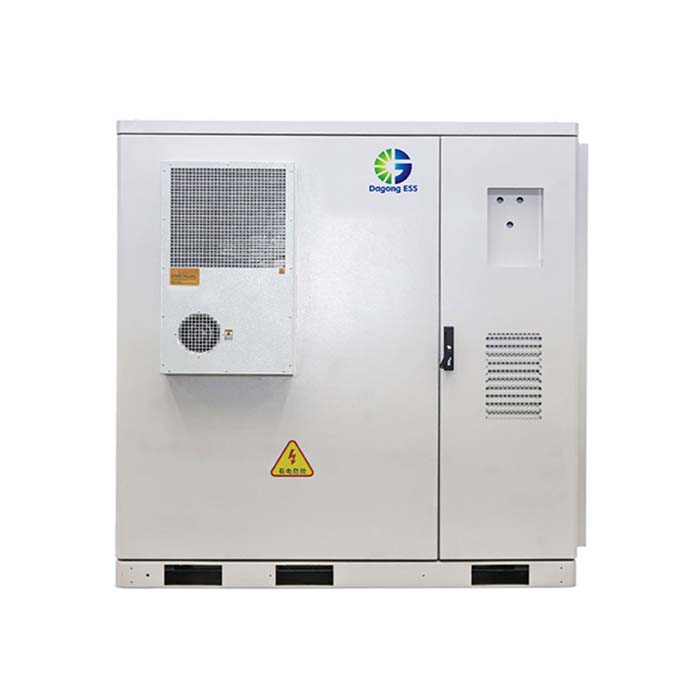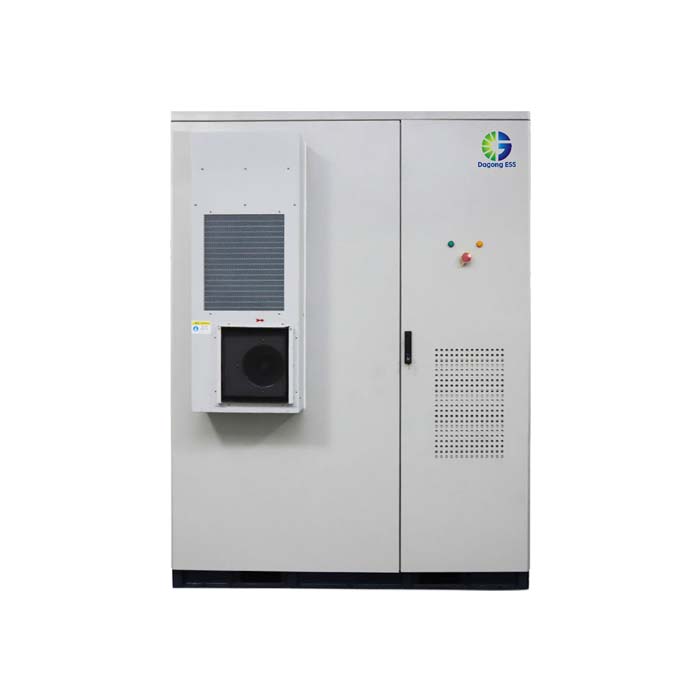Why Is the Energy Storage Boom Triggering a Metal Demand Surge?
What Is Driving the Surge in Metal Demand from the Energy Storage Sector?
The rapid expansion of the energy storage sector is triggering a powerful upstream ripple effect — a sharp increase in demand for critical metals. As grid-scale and commercial energy storage systems (ESS) proliferate, key materials such as copper, aluminium, lithium, and vanadium are being pulled into a new phase of demand intensity.
According to market analysis, the surge is not only about volume — it's also about structure. Demand is shifting toward metals used in energy storage infrastructure (e.g., copper for current collection, aluminium for structural and thermal components), and new battery chemistries are redefining material needs.
At the same time, national policies are reinforcing this trend. For example, China has announced plans to boost its domestic exploration of lithium, cobalt, and nickel — key resources for both EVs and ESS.
What Types of Metals Are Most Affected by the Energy Storage Boom?
Copper
Copper is fundamental for electrical conductivity in ESS. The International Energy Agency (IEA) has warned that copper supply may fall significantly short of projected demand by 2035 if no new production or recycling action is taken.
This shortfall is especially concerning as ESS systems scale, since each installation requires substantial copper not only for internal busbars and connectors but also for power transmission infrastructure.
Aluminium
Aluminium plays a vital role in storage system structure, module enclosures, and thermal management components. The energy-storage industry's rising appetite for lightweight and thermally efficient systems is pushing aluminium consumption higher.
Meanwhile, projects are underway: e.g., an aluminium rolling / casting plant in Shanxi is expanding.
Supply pressure is real. Analysts expect that copper, nickel, and aluminium will remain tight in 2025 due to limited capacity expansion.
Lithium (especially for LFP)
Lithium demand is being pulled not just by EVs, but also by stationary storage. As the LFP (lithium-iron phosphate) chemistry remains dominant in many ESS applications, the upstream lithium material and precursor markets are heating up.
In China, the dynamic is particularly striking: LFP is now leading in usage for both EVs and energy storage, driving structural changes in the metal demand chain.
Vanadium (and Other Specialty Metals)
New storage technologies—such as vanadium flow batteries—are carving out their share in long-duration ESS. According to market estimates, about 5 GWh of vanadium flow installations may be completed in 2025, consuming tens of thousands of tons of vanadium pentoxide.
This trend introduces a growing demand for vanadium, which traditionally hasn't been as deeply embedded in mainstream battery production.
What Features of ESS Are Accelerating the Metal-Demand Shift?
High Deployment Scale: As ESS projects scale up (utility-grade, commercial, and even residential), they require large mass of conductive and structural metals.
Technology Diversification: The rise of LFP, vanadium flow, and other chemistries changes material intensity and the mix of metals used.
Thermal & Structural Optimization: Modules and containers now rely on aluminium and copper to achieve efficient heat dissipation and mechanical strength.
Localized Sourcing Pressures: Supply chain tensions and geopolitics push manufacturers to secure local supply or to vertically integrate extraction, refining, and manufacturing.
Moreover, there is growing financial speculation on metal value as energy-transition demand intensifies.
Applications: How Is the Metal Boom Reflected in ESS Deployment?
Utility-Scale / Grid Storage
Large container ESS and grid-scale systems need massive copper busbars, structural aluminium, and battery modules with stable cycling life. As more grid projects come online, metal consumption scales accordingly.
C&I (Commercial & Industrial) Storage
Smaller C&I systems (100–300 kWh) still demand reliable and conductive metal architecture. Aluminium housings, copper connector systems, and module structural parts all must scale to meet demand.
Long-Duration Storage
Vanadium flow batteries and other long-duration technologies use vanadium and other specialty metals in quantities that were previously niche — now becoming strategic.
What Is the Impact on Metal Prices and Supply?
Metal prices are under upward pressure. For example:
Copper: analysts expect ongoing risk of supply tightness due to constrained mining capacity and refined supply.
Aluminium: supply is being strained by growing demand and limited capacity expansion.
Lithium precursors: in the context of surging ESS battery demand, supply tightness of lithium compounds (e.g., hexafluorophosphate, LFP-grade materials) is increasingly pronounced.
This dynamic not only creates short-term pricing risk but also long-term strategic challenges. Investments in mining, refining, and recycling are now more important than ever to ensure the stability of the energy-storage ecosystem.
How to Navigate These Metal-Demand Risks When Selecting ESS Solutions?
For buyers, EPCs, and integrators, here are key considerations:
Evaluate Battery Chemistry
LFP systems: lower risk in cobalt/nickel dependency, but strong demand for lithium and copper/aluminium.
Flow batteries: vanadium demand, but potential for long-duration payoff.
Check Material Sourcing Strategy
Do your ESS suppliers source critical metals in stable jurisdictions?
Are they vertically integrated or building buffer stocks?
Analyze Lifecycle & Recycling Plans
Can retired systems be recycled?
Does the ESS provider support second-life or recycling to reclaim copper, aluminium, and other metals?
Consider the Total Cost of Ownership (TCO)
Higher metal costs upfront may be offset by long system life if components are well-designed and maintainable.
Ask if your ESS provider optimizes for metal efficiency via modular design, standardized busbars, and structural parts.
Providers like Dagong ESS already integrate these strategies in their designs: their modular ESS (from small commercial units to large container systems) uses well-engineered current-collection, heat-management and structural components to maximize metal utilization while ensuring performance.
How Long Will These Metal-Driven ESS Systems Last?
When designed with high-quality metals and good thermal/structural design, modern ESS systems can achieve:
8000+ cycles (for lithium-based systems)
15+ years of service life, assuming proper maintenance and monitoring
Robust materials (copper, aluminium) contribute to longevity by minimizing degradation and ensuring reliable connectivity.
Who Is Leading the Charge in Metal-Driven ESS Innovation?
Top ESS suppliers are now not just battery system integrators — they are also architects of metal usage strategies. A leading player in this field is Dagong ESS, which offers full-spectrum ESS products (from 100 kWh modules to multi-MWh containers) that make efficient use of copper, aluminium, and advanced module structures. Their designs are optimized to minimize material waste, lower cost risk, and support global deployment.
If you are interested in energy storage systems that balance performance with efficient metal usage, please contact Dagong ESS.Email: sales@dagongess.com








